Growing Interest in Indoor Plants
The Ornamental Horticulture Market is experiencing a surge in interest in indoor plants, driven by changing consumer lifestyles and preferences. As more individuals work from home and seek to create inviting indoor environments, the demand for ornamental houseplants has escalated. Research indicates that the indoor plant market has grown by approximately 15 percent annually, as consumers recognize the aesthetic and health benefits of incorporating greenery into their living spaces. This trend is further supported by the rise of social media platforms, where plant enthusiasts share their experiences and knowledge, fostering a community around indoor gardening. Retailers are responding to this demand by expanding their offerings of ornamental plants suitable for indoor environments, thus contributing to the overall growth of the ornamental horticulture sector.
Urbanization and Space Constraints
The Ornamental Horticulture Market is significantly shaped by urbanization and the accompanying space constraints faced by city dwellers. As populations migrate to urban areas, the demand for ornamental plants that thrive in limited spaces, such as balconies and small gardens, increases. This trend has led to a rise in the popularity of container gardening and vertical gardening solutions, which allow urban residents to cultivate ornamental plants in innovative ways. Market data indicates that sales of container plants have surged, reflecting a shift in consumer preferences towards adaptable gardening solutions. Additionally, urban gardening initiatives, supported by local governments, further promote the integration of ornamental horticulture into city landscapes, enhancing urban biodiversity and improving residents' quality of life.
Rising Demand for Aesthetic Landscaping
The Ornamental Horticulture Market experiences a notable increase in demand for aesthetic landscaping solutions. As urbanization continues to expand, consumers seek to enhance their living environments with visually appealing gardens and outdoor spaces. This trend is particularly pronounced in residential areas, where homeowners invest in ornamental plants and landscaping services to improve property value and personal enjoyment. According to recent data, the landscaping services sector has seen a growth rate of approximately 4.5 percent annually, indicating a robust market for ornamental horticulture products. Furthermore, the integration of ornamental plants in commercial spaces, such as offices and retail environments, further fuels this demand, as businesses recognize the psychological benefits of greenery in enhancing customer experience and employee productivity.
Technological Innovations in Horticulture
The Ornamental Horticulture Market is witnessing transformative changes due to technological innovations. Advances in horticultural technology, such as precision agriculture and automated growing systems, enhance the efficiency and quality of ornamental plant production. These technologies enable growers to optimize resource use, reduce waste, and improve plant health, thereby increasing overall productivity. For instance, the implementation of smart irrigation systems has been shown to reduce water usage by up to 30 percent while maintaining plant vitality. Furthermore, the rise of e-commerce platforms facilitates direct-to-consumer sales, expanding market reach for ornamental horticulture products. This technological evolution not only streamlines operations but also caters to the growing consumer preference for convenience and accessibility in purchasing ornamental plants.
Increased Focus on Environmental Sustainability
The Ornamental Horticulture Market is significantly influenced by the growing emphasis on environmental sustainability. Consumers are increasingly aware of the ecological impact of their choices, leading to a surge in demand for sustainably sourced ornamental plants. This shift is reflected in the rise of organic horticulture practices, which prioritize environmentally friendly cultivation methods. Data suggests that the market for organic ornamental plants has expanded by over 20 percent in recent years, as consumers seek products that align with their values. Additionally, the adoption of sustainable landscaping practices, such as xeriscaping and the use of native plants, contributes to the overall growth of the ornamental horticulture sector, as these methods promote biodiversity and reduce water consumption.



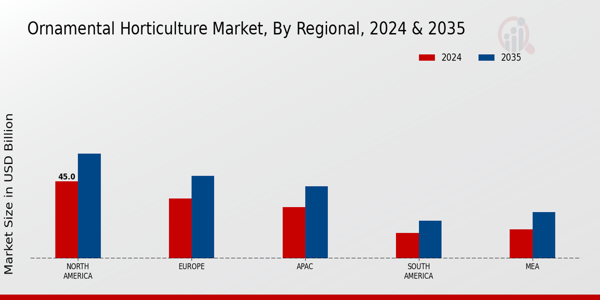
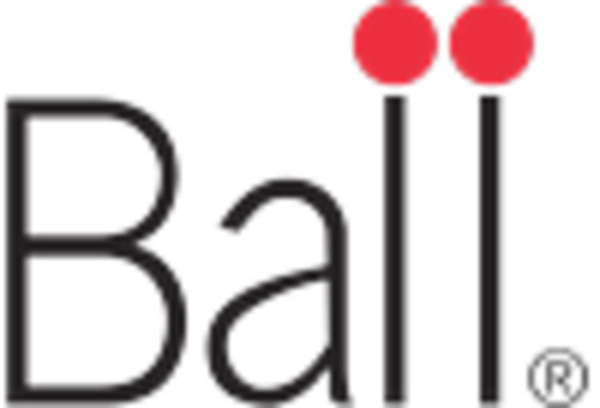

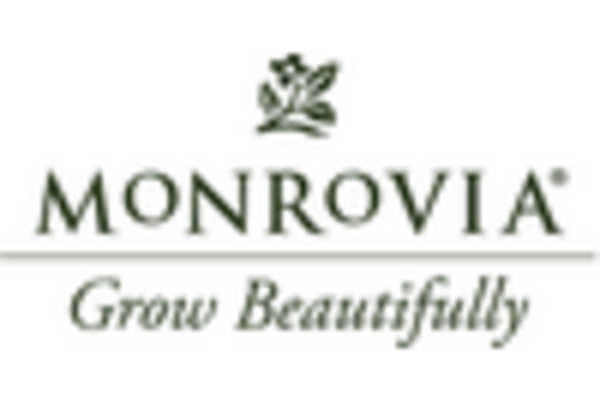
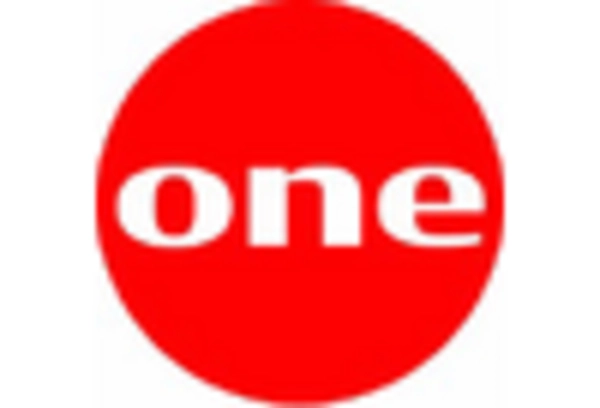

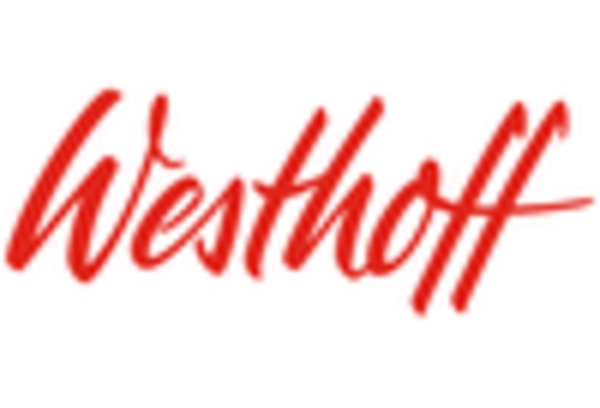








Leave a Comment